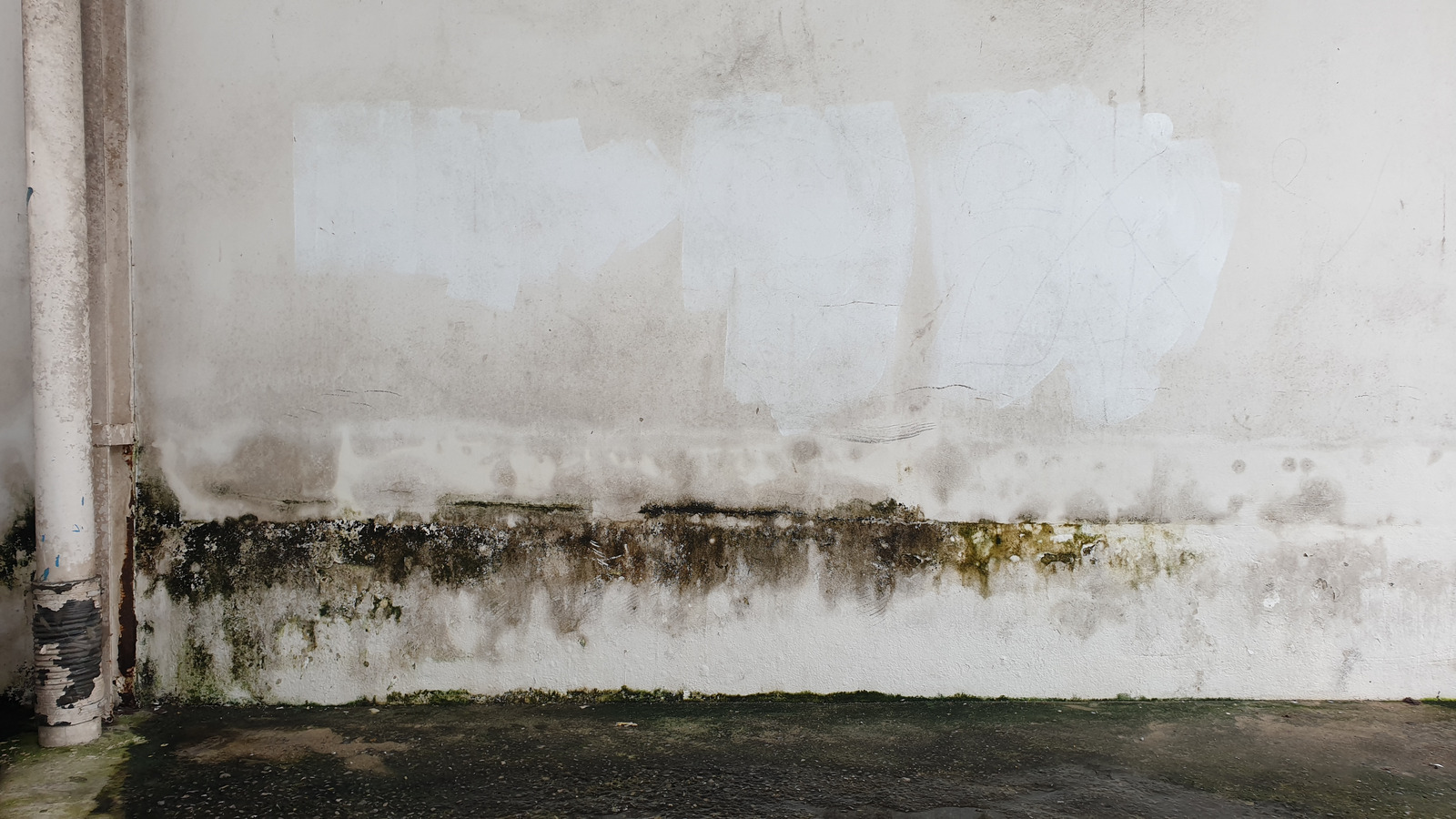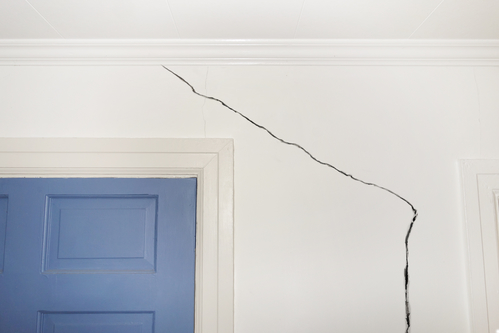Addressing Stains from Water on Walls: Inspections and Fixes Manual
Addressing Stains from Water on Walls: Inspections and Fixes Manual
Blog Article
In this article in the next paragraph you can find additional very good data concerning How to Find and Repair Water Leaking in the Wall.

Water spots on wall surfaces are not pleasurable to the eyes. Your home needs to be without discolorations on the walls, roofing, or floors. That is the suitable state of a home and also its structures. Often it appears practically unavoidable to experience water discolorations on wall surfaces in homes.
House owners living in humid areas frequently deal with the fear of water spots on wall surfaces. With exact and also well-rounded information on the reasons of water stains and prompt repair work processes, you will always be a step in advance of such incidents.
3 Usual Sources Of Water Discolorations on Walls
In contrast to popular belief, water spots on walls do not always come from inadequate building products. There are numerous sources of water spots on walls. These consist of:
Poor Drainage
This will avoid water from seeping into the wall surfaces. This web links to extreme wetness that you notice on the wall surfaces of your building.
The leading reason of wet walls, in this case, can be an inadequate water drainage system. It can likewise result from bad management of sewer pipelines that go through the structure.
Moist
When warm moist air meets dry chilly air, it creates water beads to base on the walls of structures. When there is steam from cooking or showers, this occurs in kitchen areas and washrooms. The water droplets can discolor the surrounding walls in these parts of your house and also spread to various other locations.
Moist or condensation influences the roof as well as wall surfaces of buildings. When the wall surface is damp, it develops an appropriate setting for the development of microorganisms and also fungi.
Pipe Leaks
Most residences have a network of pipes within the wall surfaces. This ensures that the pipelines are faraway from the reach of destructive rats. It constantly raises the feasibility of such pipelines, as there is little oxygen within the walls. This inhibits rust.
A downside to this is that water leakage influences the walls of the building as well as causes widespread damage. An indicator of damaged pipes is the appearance of a water stain on the wall.
Water Stains on Wall: Fixing Tips
Property owners would generally want a quick fix when handling water discolorations. They would soon understand this is counterproductive as the water discolorations persist. Right here are a couple of practical ideas that will certainly guide you in the fixing of water discolorations on wall surfaces:
Pro Tip
A houseplant in your house likewise raises its humidity. If the residence is currently moist, you might desire to introduce houseplants with marginal transpiration. An example of suitable houseplants is succulents.
Final thought
Although no person wishes to have water discolorations on walls in their residence, it can happen to the very best of us. This write-up gives you leverage, as you currently understand how to manage this accident if it does take place.
It is constantly best to hire specialist services to assist deal with the damages in your home.
Occasionally it seems virtually inescapable to experience water discolorations on wall surfaces in homes.
Contrary to prominent idea, water discolorations on wall surfaces do not always stem from poor building materials. There are numerous causes of water discolorations on walls. The water beads can stain the surrounding wall surfaces in these components of your house and spread to other areas.
Below are a couple of handy suggestions that will assist you in the repair service of water spots on wall surfaces:
What To Do About A Water Stain On The Ceiling
Why This is Important
Not only are water stains a cosmetic issue, but they can also indicate that there is a leak in the home that needs to be fixed. Sometimes, this may be the first indicator of a bigger problem brewing or may have been a one time leaky issue. It is important to investigate to make sure it is under control before you possibly have thousands of dollars in repairs.
Identify the Cause of the Water Stain on the Ceiling and Where to Start
It is important to identify the cause of the water stain on the ceiling first so you can fix it. Start first with the roof to see if there are leaky shingles or missing shingles, missing flashing, or weakened seals around roof vents. You may need to get on top of the roof to look or call a professional to check for you. It is possible that water is coming into the home from the roof. So you will want to have the professional take a look to see if this is the issue.
Also, look in the attic to see if there is a pool of water and that will also help you to know if there is water leaking into the home.
Radiator or Air Handler on 2nd floor
In colder parts of the country, there may be a radiator on the second floor. Radiators are used to keep rooms warm in the cold months and do wear out or need replacing. Does the radiator have a pool of water underneath it or any dripping? If yes, this could be the problem and causing the water stain on the ceiling. Check the model of the radiator and see if it is something you can do yourself or call a professional to check the body, pipe, and the valve for leaks.
The same is true for those who have an air handler on the second floor. Did your AC stop working? Or do you see water leaking? The drip pan (if you have one) on an HVAC unit collects the water and it can become clogged and back up. The float switch (again, if you have one) will activate as soon as the water reaches a certain level and shut down the HVAC unit, thus not allowing the water to continue to flow. Make sure the HVAC doesn’t become clogged and checking this monthly is a good idea.
Upstairs Bathroom Can Cause a Water Stain on the Ceiling
Bathrooms are often the culprit as caulking wears out after about 10 years and needs replacing. Is the home older than 10 years? This may be the issue. While checking the caulking in the bathroom around the sinks, toilets, and shower/bath, also check for black mold in the shower. Might as well rule everything out while you are looking for the source.
Other areas to look at are toilets clogging and overflowing. Do you see water near the toilet on the floor? This could be the seal is broken on the toilet and it needs replacing. Also, adding caulk to the toilet to connect it to the floor is a good idea. If the toilet is continuously running, you can shut off the water and do the water meter test.
Write down the number on the water meter and then turn off the water for three hours. When you turn it back on, check the number on the water meter. If it has increased, then you have a leak in the indoor plumbing.
Taking care of these areas is essential as sewer gases can also be escaping. Sometimes these issues will soak the ceiling below and clog in sinks and drains in the shower can also cause flooding in a bathroom.
Put a Drop Cloth on the Floor
With goggles on and gloves, put a drop cloth on the floor. Then, take 3 glasses of warm water and one cup of bleach and mix it together. Set up a ladder and climb up to the stain. Use a sponge that is soaked in the concoction to rub it on the water stain to get it to come off. Take a spray bottle of plain water and spray the stain to get the bleach mixture off. This is important because you want to be able to prime it and paint it. Take a dry towel and rub the stain to help it dry faster. Next, put painters tape around the ceiling if the spot is near the walls. Apply an Oil Based, Stain Blocking Primer
Apply an oil based, stain blocking primer that is mold resistant that matches the ceiling. It is important to put the primer on first so the paint doesn’t soak into the ceiling. If you have a flat ceiling, you can use a paint roller with an extension to apply it. Once the primer has dried, apply the paint. If you have a textured ceiling, a spray on primer might work better.
Choose a Latex or Alkyd Ceiling Paint
The latex ceiling paint is water-based and dries faster than the oil-based paints and also is thicker than wall paint. Make sure that the paint matches the ceiling color. Using a roller, paint it on over the primer and let it dry for up to four hours. Then, apply a second coat and let it dry. The second coat should make the stain disappear.
https://insideandoutpropertyinspectors.com/water-stain-on-ceiling/

I ran across that piece about Indicators of Water Damage Behind Walls while doing research the internet. Are you aware of somebody else who is fascinated by Water Stains on Walls? Why not promote it. Thank-you for your time spent reading it.
Secure your plumbing. Report this page